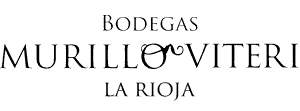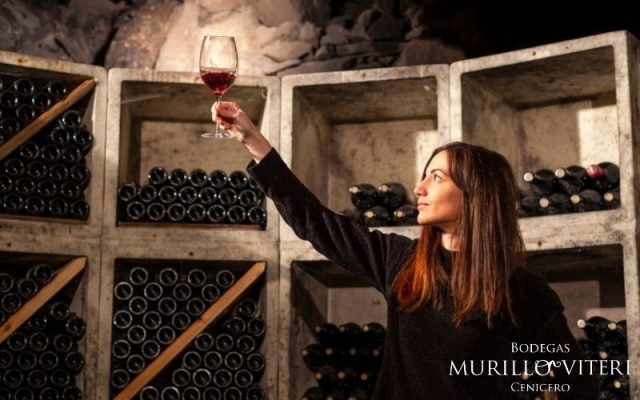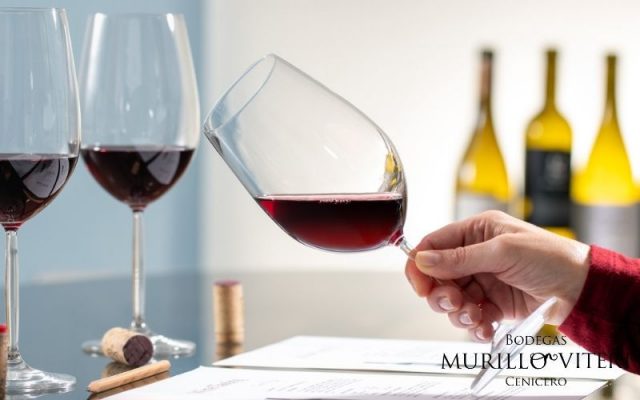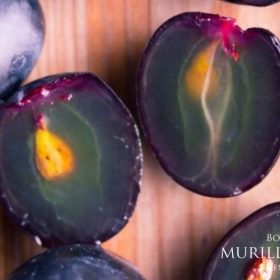Cleanliness and transparency
The first thing we will look for in the visual phase is that the wine has a correct transparency. To do this, we will raise the glass and observe by candlelight that the wine is crystal clear. Thanks to the filtering and fining that we subject the wine to in the production phase, ideally the wine should be clean, without a turbid appearance. Even so, there may be wines that present sediments or sediment, as in the case of Expresión Signature Wine or some great reserves, which are the natural fruits of their prolonged ageing. In these cases, the ideal is to decant the wine before serving, so that the residues remain at the bottom of the original bottle.
The shine
The brilliance of a wine is analysed by looking at the glass from the side against a white, well-lit background. Brilliance is the ability of a wine to reflect light, especially in white and rosé wines. The vibrancy and brightness of a wine tells us about its acidity. Lack of brightness implies lack of acidity and therefore lack of flavour, so it is considered a flat wine.
Colour
Colour is a very important aspect in the visual phase of wine tasting, as it will give us information about the grape variety, age or method of production. To analyse it, we should look at the glass from above and tilt it 45 degrees on a white surface.
In the centre of the glass, where it is thicker, we will be able to appreciate the main colour of the wine. In the area with less thickness of the wine in the glass, on the other hand, we will be able to observe the tone or shade of the colour. The tone indicates the age of the wine and its degree of evolution. In red wines we can appreciate, among others, colours such as red, cherry red, orange red, blood red, brick red, purple, garnet, cherry red or black. The more violet or purple the tones, the younger the wine will be. Earthy or russet tones, on the other hand, are a sign of age. In white wines, the colour will also evolve with age, from transparent, steely or pale yellow in the case of a young white, to lemon yellow, golden, reddish or amber in the case of more aged whites. In rosé wines, the colours we can identify are cherry pink, raspberry pink, orange, salmon… When the tone is bright and lively, it is a young rosé, and the more brownish or salmon tones, the older it is.
It is important to take into account the colour intensity, because when the colour is intense, it means that the wine is rich in tannins, extracts and body, as in the case of our Reserva Murillo Viteri.
Alcohol content
We will be able to perceive it after shaking the wine in the glass, observing the tears that form on the walls of the glass. Their consistency and the way they fall will provide us with information about the amount of alcohol and glycerine in a wine. The thicker and slower the tears fall, the higher the alcohol content.
Therefore, by analysing these aspects of the visual phase in wine tasting, we will be able to make an initial assessment of what we are going to drink, and then move on to the olfactory phase and finally to the taste phase. Soon we will explain these next two steps to taste a wine correctly and learn more about this exciting world of wine.










 Deutsch
Deutsch Français
Français Italiano
Italiano Nederlandse
Nederlandse